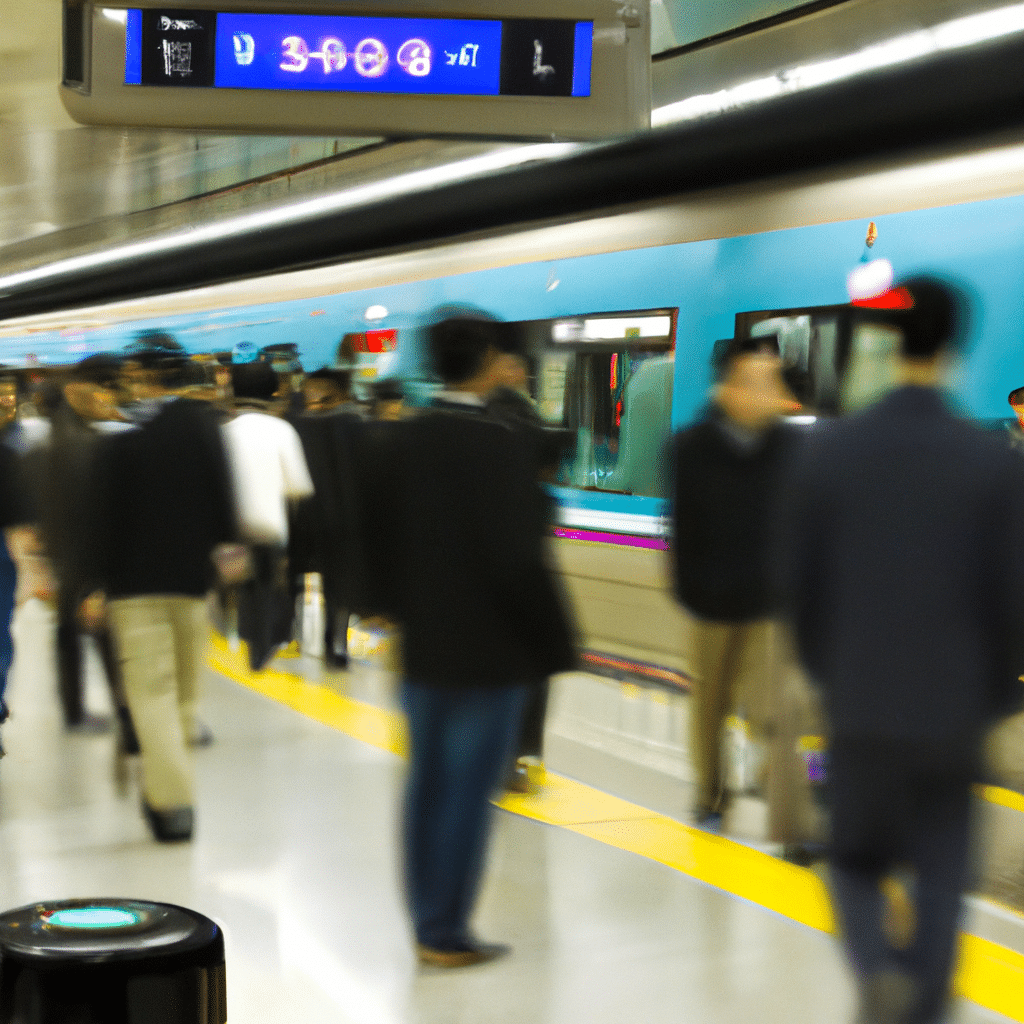Are you planning to visit Seoul, the bustling capital city of South Korea? If yes, then you must be wondering how to navigate the city’s fast-paced transportation system. The Seoul Subway system is one of the busiest and most efficient transit systems in the world, with over 8 million passengers using it daily. But don’t worry, we’ve got you covered. In this guide, we’ll provide you with all the information you need to survive the Seoul Subway like a pro.

Getting Started
Before we dive deep into the intricacies of the Seoul Subway, let’s talk about the basics. To use the subway, you’ll need to purchase a T-money card. It’s a rechargeable smart card that you can use to pay for subway fares and bus fares as well. You can buy a T-money card at any subway station or convenience store in Seoul. You can also purchase it at the airport when you arrive in Seoul. The cost of the card is 2,500 Korean Won (approximately $2.20 USD).
Once you have your T-money card, you’ll need to charge it with some money. You can do this at any subway station or convenience store. The minimum charge is 1,000 Korean Won (approximately $0.90 USD). Now that you have your T-money card, you’re ready to take on the Seoul Subway.
Understanding the Subway Map
The Seoul Subway system has an extensive network of 21 lines that cover the entire city. The subway map may look intimidating at first, but it’s relatively easy to understand once you get the hang of it.
The map is color-coded, and each line has a unique color. The stations on each line are numbered sequentially, and the transfer stations are marked with a “T.” The subway operates from 5:30 am to midnight, and trains run every 3-5 minutes during peak hours and every 5-10 minutes during off-peak hours.
Buying Subway Tickets
To enter the subway station, you’ll need to tap your T-money card on the turnstile. The fare for a single journey depends on the distance you travel. The minimum fare is 1,250 Korean Won (approximately $1.10 USD) for journeys up to 10 km.
If you don’t have a T-money card, you can purchase a single-use ticket from the vending machines at the subway station. The cost of a single-use ticket is slightly higher than the cost of a T-money card fare.
Navigating the Subway Stations
The Seoul Subway stations are massive and can be quite overwhelming for first-time visitors. Here are some tips to help you navigate the stations with ease:
- Follow the signs: The subway stations have signs in both Korean and English. Follow the signs to find your way to the right platform.
- Use the subway app: The Seoul Subway app can be a lifesaver for first-time visitors. It provides real-time information on train times, station exits, and transfer routes.
- Be prepared for stairs: Many subway stations in Seoul have multiple levels, and you’ll have to climb up and down stairs to reach the platforms.
Understanding the Subway Etiquette
The Seoul Subway can get crowded during peak hours, and it’s essential to understand the subway etiquette to avoid any hassles. Here are some things you should keep in mind:
- Stand on the right, walk on the left: If you’re using the escalator, stand on the right side and let people who are in a hurry walk on the left side.
- Give up your seat to those who need it: It’s customary to give up your seat to elderly people, pregnant women, and people with disabilities.
- Don’t eat or drink on the subway: It’s considered impolite to eat or drink on the subway. Finish your food or drink before entering the station.
Exploring the City
The Seoul Subway is an excellent way to explore the city. Here are some of the must-visit places that you can reach using the Seoul Subway:
- Gyeongbokgung Palace: This historic palace is located near Gyeongbokgung Station on Line 3.
- Myeong-dong: This bustling shopping district is located near Myeong-dong Station on Line 4.
- Namsan Tower: This iconic tower offers stunning views of the city and is located near Chungmuro Station on Line 3 and 4.
Conclusion
Navigating the Seoul Subway may seem daunting at first, but it’s relatively easy once you understand the basics. With this guide, we hope you’re ready to take on the Seoul Subway like a pro. Remember to follow the subway etiquette, use the subway app, and explore the city to your heart’s content. Happy traveling!
